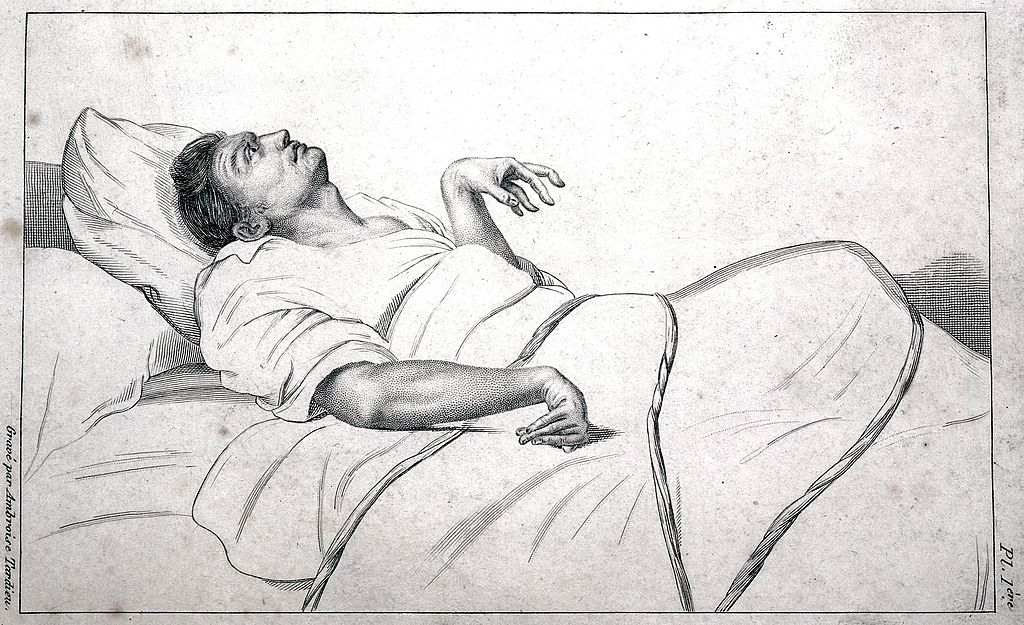It can be frightening: when a person suddenly falls, convulsions twist the body and foam comes out of the mouth. Most people with epilepsy have sudden seizures, and estimates range from 50 million to 65 million people in the world. On March 25, 2002, scientists discovered the epilepsy gene.

Epilepsy has been observed in many famous people and has been known since ancient times. Seizures occurred in Julius Caesar and Napoleon, Handel and Dante, Van Gogh and Nobel. It is a chronic neuropsychiatric disorder. Seizures may vary, but at the heart of any of them is abnormal electrical activity of the nerve cells of the brain. The result is a discharge, and there are three possible outcomes. The discharge may stop within the boundaries of its origin, or it may spread to neighboring parts of the brain and stop when it meets resistance. The seizures that occur in such cases are called partial seizures – consciousness is sometimes retained in them. Another thing is if the discharge spreads throughout the nervous system and only then stops. Such seizures are called generalized seizures in which the consciousness is always broken.
Doctors note: no need to panic if you are near a person who had an epileptic seizure. It is important to understand that the person at this time is not aware of anything and feels no pain.
During the seizure the patient can not be carried. The exception is if he may be in danger from outside: for example, the seizure happened on the road, on the stairs, near a fire or water. If the person is salivating or vomiting profusely, he needs to be rolled onto his side, gently, and not by force. It is not necessary to limit the person’s movements. Doctors advise against forcibly opening the person’s mouth, even if he has bitten his tongue – in this case the trauma has already occurred, and careless actions can harm the patient.
From the onset of the seizure, it is important to time the seizure. If the duration of a seizure or series of seizures approaches half an hour, it means that the patient enters a state of epileptic status. This is life threatening and an ambulance should be called. After a seizure the patient usually feels weak, exhausted or falls asleep. The patient in the seizure is unresponsive to others, but the patient after the seizure reacts like a person who is “disturbed to sleep”. It is necessary to stay close to the patient until consciousness is fully restored.
The incidence is independent of gender, race, social status or place of residence. There is no radical method of treating epilepsy, but today it is possible to stop seizures in 60-80% of cases with medication. The disease rarely results in death or serious physical or mental impairment.





